Industry information
Company News
- Aluminum veneer customization, creating the art of personalized space
- Aluminum curtain wall: the "fashionable coat" of modern architecture
- The fashion comeback of aluminum veneer: not just decoration, but attitude!
- The Charm of Aluminum Veneer: The Perfect Fusion of Lightweight and Sturdy
- Aluminum veneer: the "silver garment" of modern architecture
Industry dynamics
- Aluminum veneer customization, creating an exclusive fashion space
- Aluminum veneer customization, creating the art of personalized space
- A new choice for 2.0mm aluminum veneer wall decoration
- Aluminum veneer customization, creating a new trend of personalized space
- Aluminum alloy air conditioning cover: the guardian angel of summer, energy-saving and beautiful!
Frequently asked questions
- What are the common styles and characteristics of the application of aluminum veneer in the home decoration industry?
- What is the production cost of aluminum veneer? What is the price?
- What are the unique advantages and characteristics of aluminum veneer?
- How to identify and select high-quality aluminum veneer?
- What is the current supply and demand situation in the aluminum veneer market?
contact us
Mobile:+86 15627778610
Email: 2201229786
Address: No. 5 Binjiang Road, High tech Zone, Zhaoqing City, Guangdong Province
How to maintain the surface treatment process of punched aluminum veneer?
- Author: Jinba Aluminum Industry (Guangdong) Co., Ltd
- Release time: March 10, 2025 14:43:40
- Click:0

Punched aluminum veneer, as a widely used material in the fields of architectural decoration, advertising billboards, curtain walls, etc., the quality of its surface treatment process directly affects its service life and aesthetics. Proper maintenance of punched aluminum veneer is crucial. The following will introduce how to maintain the surface treatment process of punched aluminum veneer from the following aspects.
1. Keep dry and clean
Firstly, it is necessary to keep the surface of punched aluminum veneer dry and clean. Avoid storing or using in damp or damp places to prevent surface corrosion or rust. Regularly wipe the surface with a clean soft cloth to remove dust and dirt, in order to maintain its surface smoothness and aesthetics.
1. Avoid scratching and collision
During daily use, it is important to avoid scratching and collision damage to the surface of punched aluminum veneer. Especially during the handling, installation, and maintenance process, care should be taken to avoid scratches or dents on its surface. If any damage is found, it should be repaired and replaced in a timely manner.
1. Choose the appropriate cleaning agent
For the surface treatment process of punched aluminum veneer, it is necessary to choose a suitable cleaning agent for cleaning. Generally speaking, it is recommended to use neutral or weakly acidic cleaning agents and avoid using strongly alkaline or acidic cleaning agents to prevent corrosion on the surface. When using cleaning agents, it is important to pay attention to the dilution ratio and soaking time to avoid damaging the surface.
1. Strengthen post-processing procedures
In order to ensure that the surface treatment process of punched aluminum veneer can maintain a good condition for a long time, the post-treatment process can be strengthened. For example, regular grinding and polishing of punched aluminum veneer can remove surface scratches and uneven areas, making the surface of punched aluminum veneer smoother and increasing its aesthetics and durability.
How to extend the service life of punched aluminum veneer?
To extend the service life of punched aluminum veneer, the following measures can be taken:
(1) Strengthen raw material quality management: Strengthen the screening and testing of raw materials to ensure that they meet relevant national or industry quality standards and requirements, thereby ensuring that the surface treatment process of punched aluminum veneer can maintain a good condition for a long time.
(2) Optimize structural design management: By strengthening the management and control of structural design, reduce its stress situation, and thus lower the risk of damage.

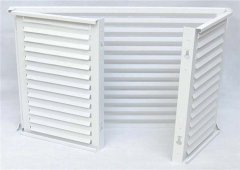
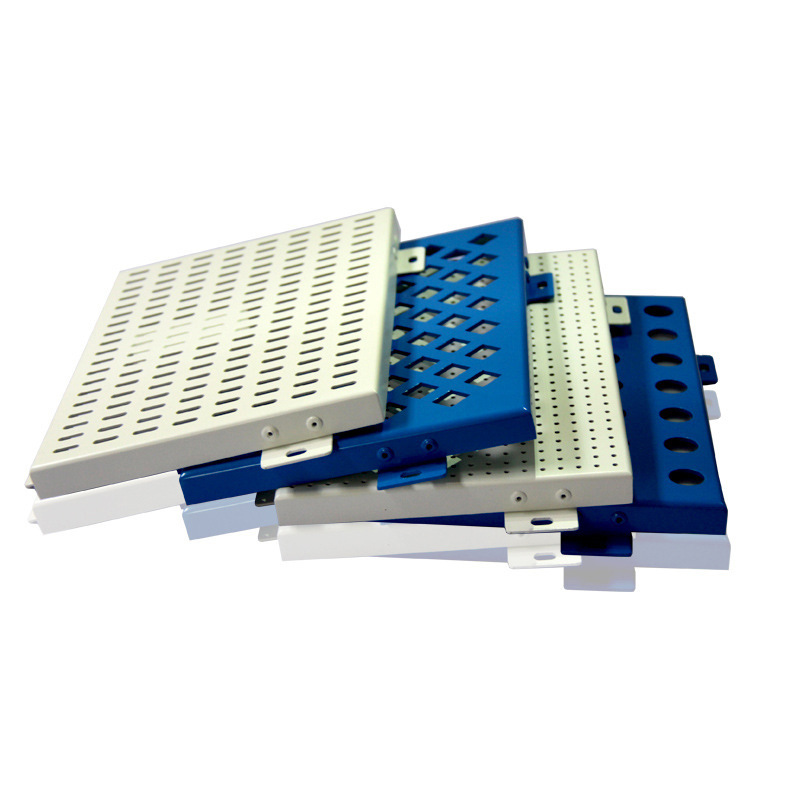
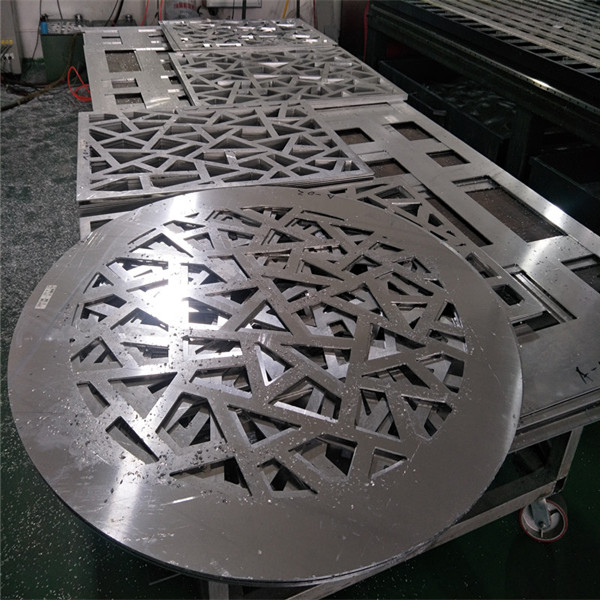
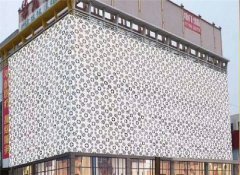
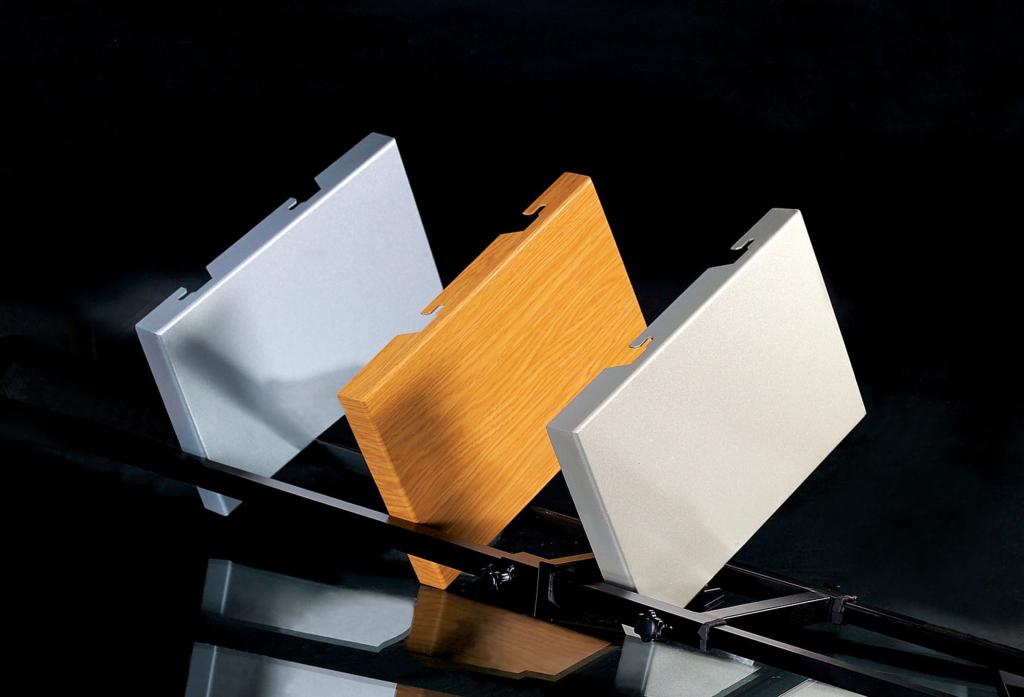
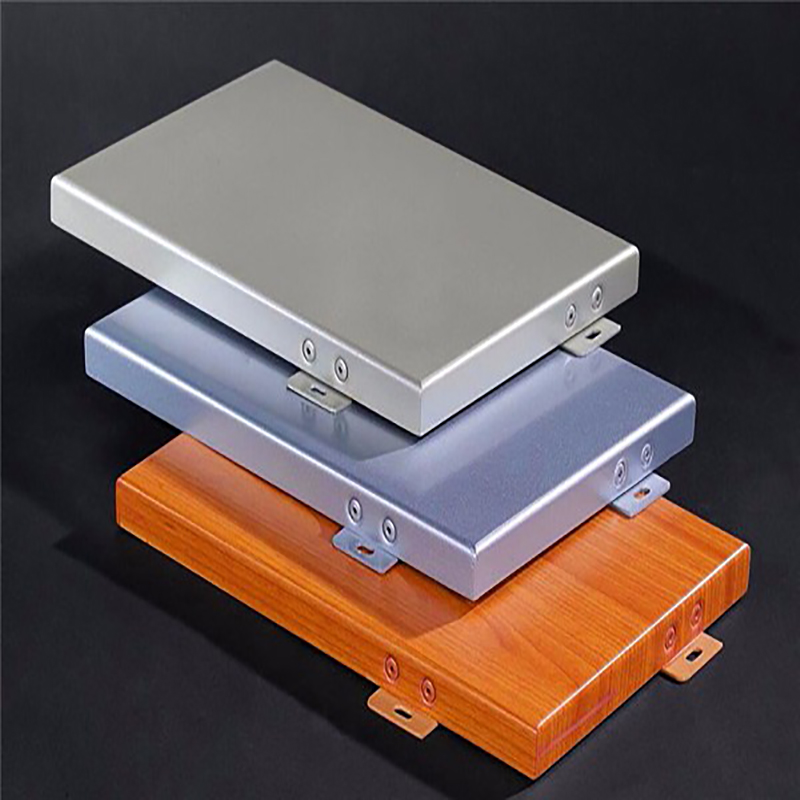
 Customer service QQ
Customer service QQ